15 Things That Will Likely Disappear in the Next 20 Years
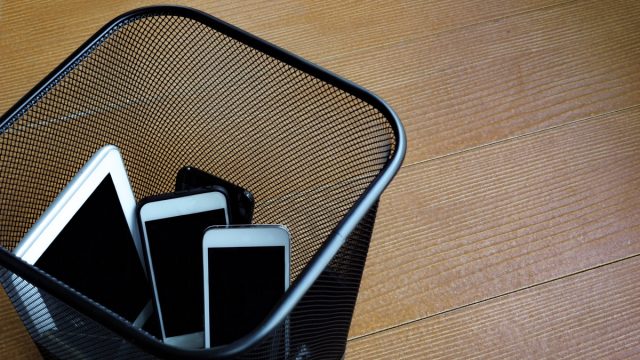
Dinosaurs. Latin. Smallpox. Typewriters. Phone books. Cassette tapes. Parachute pants. Pagers. These are just a handful of the innumerable things that used to be commonplace but have since dwindled, declined, or altogether disappeared. While it was, at one point, hard to imagine a world without them, they’ve been relegated to relics. With a new decade on the horizon, one can’t help but wonder what will be next to slide from ubiquity into oblivion. Here are 15 predictions of things that will likely disappear by the year 2040—if not sooner.
1
Credit and debit cards
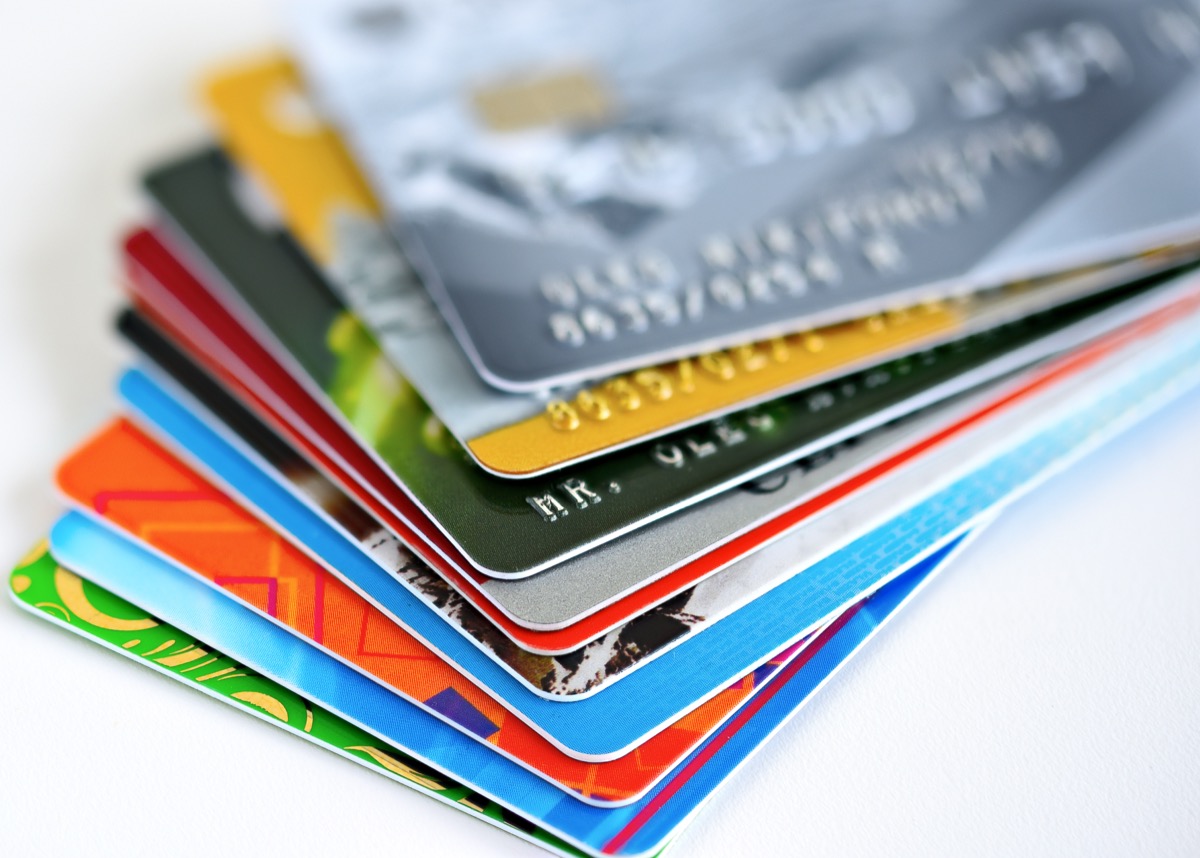
Next to your driver’s license, your credit and debit cards are probably the most important things in your wallet. Soon, however, the plastic you use to buy everything from gas and groceries to clothing and concert tickets could be permanently declined. Instead, expect digital payments to dominate. Not only are they faster and more convenient than physical payments—there’s nothing to carry, lose, insert, or swipe—but they’re also more secure: Digital payments have built-in authentication, monitoring, and data encryption that physical payments don’t. If you’ve ever used Apple Pay, Venmo, PayPal, Google Pay, or Zelle, you know the transition is already underway.
2
Smartphones

Eight in ten American adults now own smartphones. If you’re one of them, you probably consider your phone your lifeline. You use it to stay connected to your friends and family, to capture memories with photos, to consume news, to order food, and even to date. But if you think about it, smartphones aren’t really as convenient as they seem. They’re big, for instance—clunky and hard on both your fingers and your eyes. For that reason, tomorrow’s smartphones might not be phones at all.
“Carrying around a mobile device may be a rare sight,” predicts Andrew Moore-Crispin, director of content at mobile service provider Ting Mobile. “Instead, users could be equipped with small, connected devices on their head, wrist, etc., allowing them to stay connected and perform every conceivable task without having to press a button.”
3
Drivers

Although there’s considerable debate about when, exactly, they’ll roll into our lives, it’s clear to see: Autonomous vehicles are coming. Ford, for one, expects to launch self-driving cars by 2021. So does Volvo. Tesla, meanwhile, says it will have a fully autonomous vehicle by the end of 2020. And BMW and Daimler want to release their driverless vehicles by 2024. Although it will likely take decades for autonomous vehicles to fully replace conventional cars on roads, it’s possible that drivers—including not only average, everyday motorists, but also professionals like taxi drivers, truck drivers, and limo drivers—will feel as antiquated in 2040 as cobblers do in 2019.
4
Traffic

Drivers aren’t the only things that will go the way of the dodo because of autonomous vehicles. So will traffic jams, the frequency and severity of which could be greatly reduced by driverless cars that move continuously and at a constant speed. Because humans are the leading cause of traffic accidents, autonomous vehicles might even eliminate fatal traffic accidents.
5
Keys
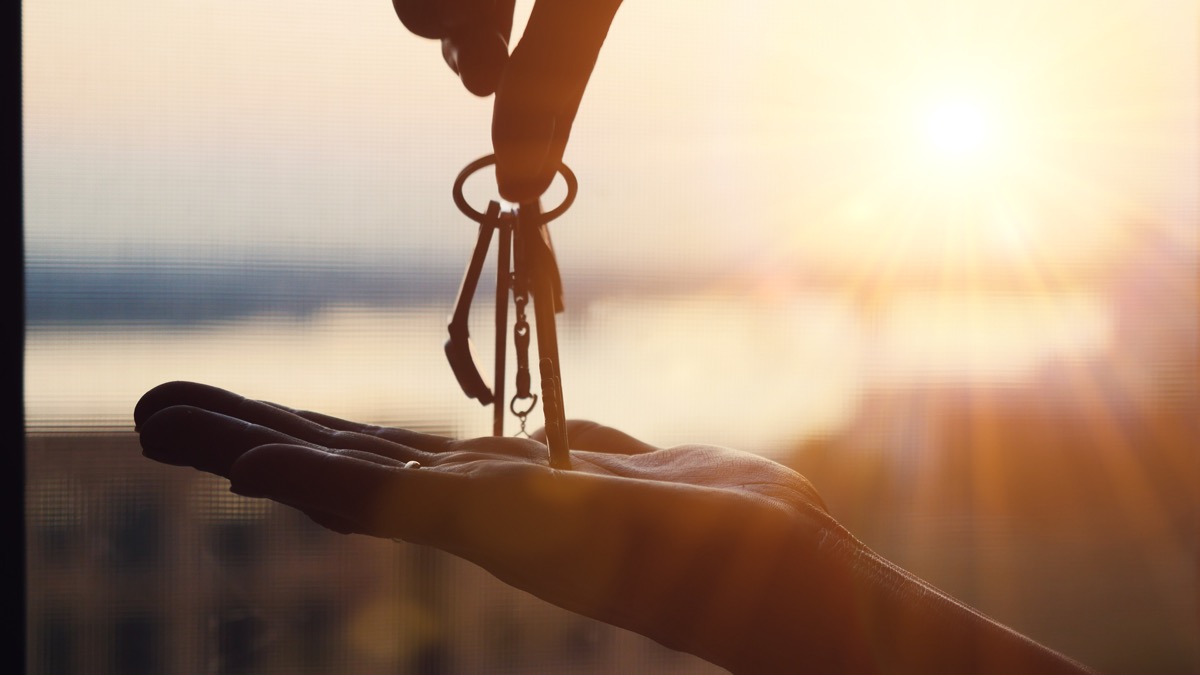
They’re heavy, bulky, inconvenient to copy, and easy to misplace. That’s why more and more people are installing electronic door locks that let them ditch their keys. With a smart lock, you can lock and unlock your door using your smartphone—from anywhere. Cars are going keyless, too. Tesla, for example, has an app that lets you unlock your car and start it using your mobile device instead of a traditional key or key fob. These days, you don’t even need keys (or key cards, rather) for hotel rooms. It therefore seems likely that by 2040, you’ll be able to lose your keys and never bother looking for them again.
6
Privacy
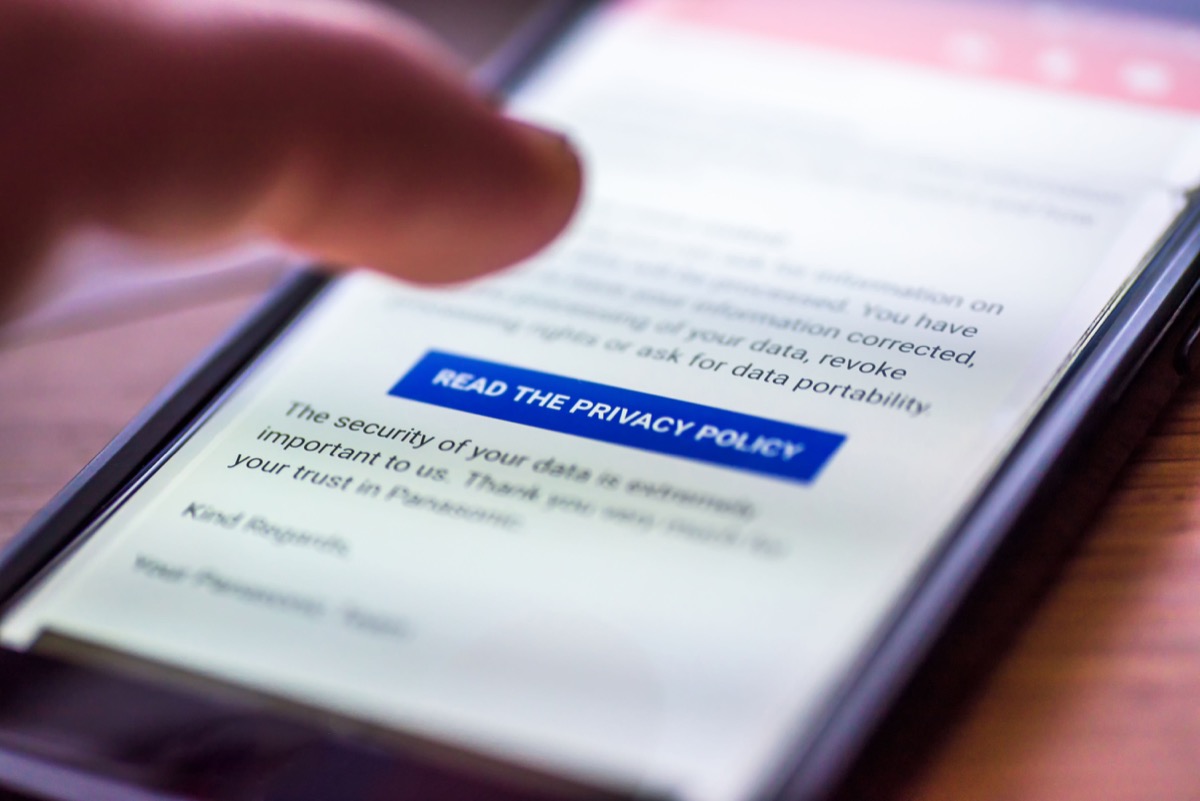
In his dystopian novel 1984, George Orwell predicted the rise of the surveillance state, wherein citizens’ every move is monitored. Seventy years after the book was published, his predictions feel ominously accurate. In major cities, for instance, cameras monitor every street corner. In smart homes, cameras and voice assistants keep an equally vigilant watch. (Although their manufacturers promise they’re secure, there’s reason for doubt.) Biometrics, meanwhile—including facial recognition—are on the rise.
“We live in an age where digital profiling is a norm and customers appreciate hyper-personalized engagement. For this purpose, constant surveillance compromises sensitive behavioral data on a daily basis, either in the form of biometric identifications or digital tracking,” says Damien Martin, a marketing executive at Shufti Pro, a London-based provider of artificial intelligence-based identity verification services. “I believe this level of connectivity will put an end to public anonymity as we know it.”
7
Passwords

If there’s any shred of privacy left in 2040, here’s good news: You probably won’t have to memorize yet another password in order to protect it, because passwords are becoming passé.
“Today’s user authentication methods are becoming archaic and impractical for both consumers and businesses,” says Shawn Keve, chief revenue officer at Simeio Solutions, an Atlanta-based provider of identity and access management solutions. “New password-less technologies are beginning to appear … that will help ease the management of authentication and access while ensuring greater protection of personal and corporate data.”
8
Cable television
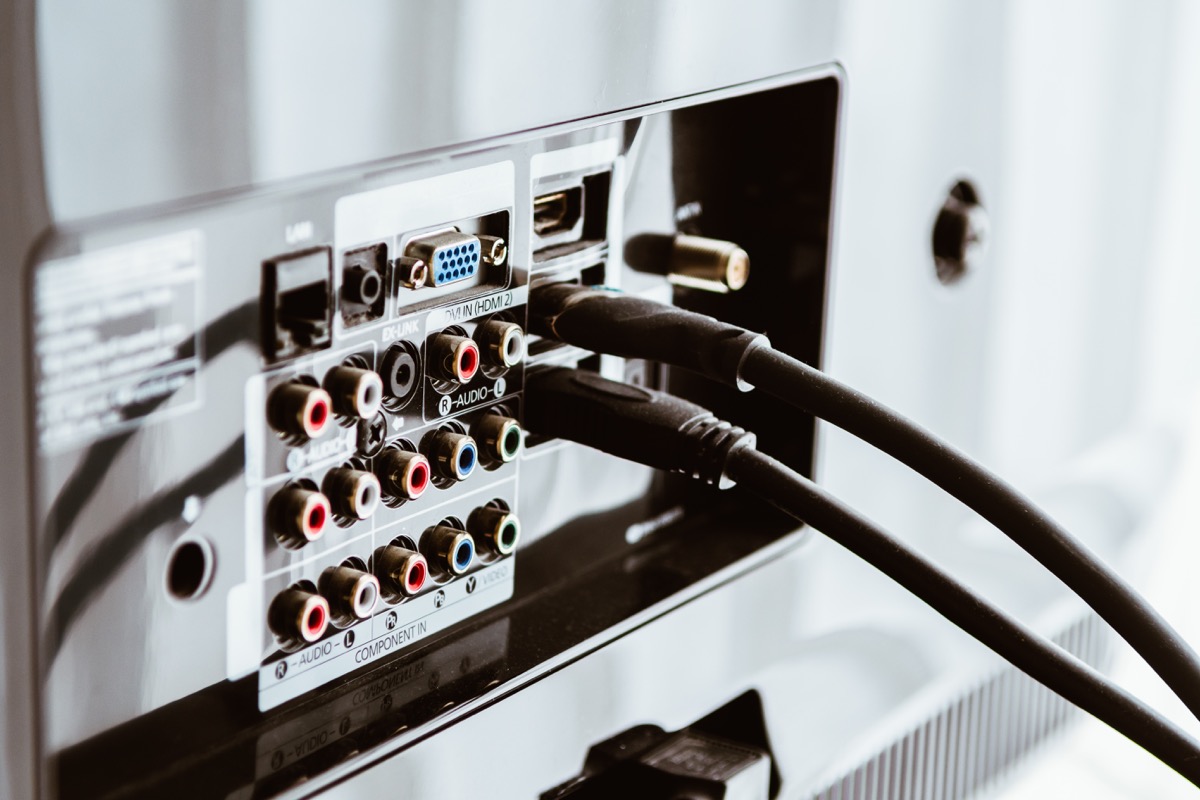
High prices and poor service are just two of many reasons that people loathe their cable TV providers. In fact, people hate cable TV so much that only two-thirds of U.S. households currently subscribe to it, which is down 10 percent from just two years ago. Of those who have cable TV, one in five say they’re likely to cut the cord within the next year. Meanwhile, nearly 60 percent of Americans now subscribe to some sort of streaming service. Along with Netflix, Amazon, and Hulu, there are new entrants like Apple TV+ and Disney+; the former is expected to have 100 million subscribers during its first year, while the latter attracted 10 million subscribers within a single day. At this rate, cable’s cord could be permanently cut well before 2040.
“With the ability to pick and choose the TV services you’re interested in—and then pick and choose exactly the shows and movies you want to watch—paying for an expensive, all-encompassing TV plan won’t make sense,” says Or Goren, editor of Cord Busters. “Netflix, Disney+ and the other big ones will become the ‘new’ cable companies, but with different technologies, and a lot cheaper than what we used to pay the ‘traditional’ cable companies.”
9
Remote controls

Speaking of television: Your remote control might end up in the garbage alongside your cable box thanks to voice computing. After all, you already can use your voice to change the channel on your TV using your cable provider’s voice remote; it’s only a matter of time before you can chuck the remote altogether and talk to your TV—and anything else you control by remote—directly.
10
Plastic bags

Single-use plastic bags are clogging streets, sidewalks, streams, and oceans like hair in a stopped-up shower drain. In response, cities, counties, and even states have enacted bans designed to rid the world of this environmental scourge. Although there’s debate on the merit of such bans, the growing urgency of calls for global climate action and the rapid development of plastic alternatives portend a future in which plastic is prehistoric.
11
Charging cables
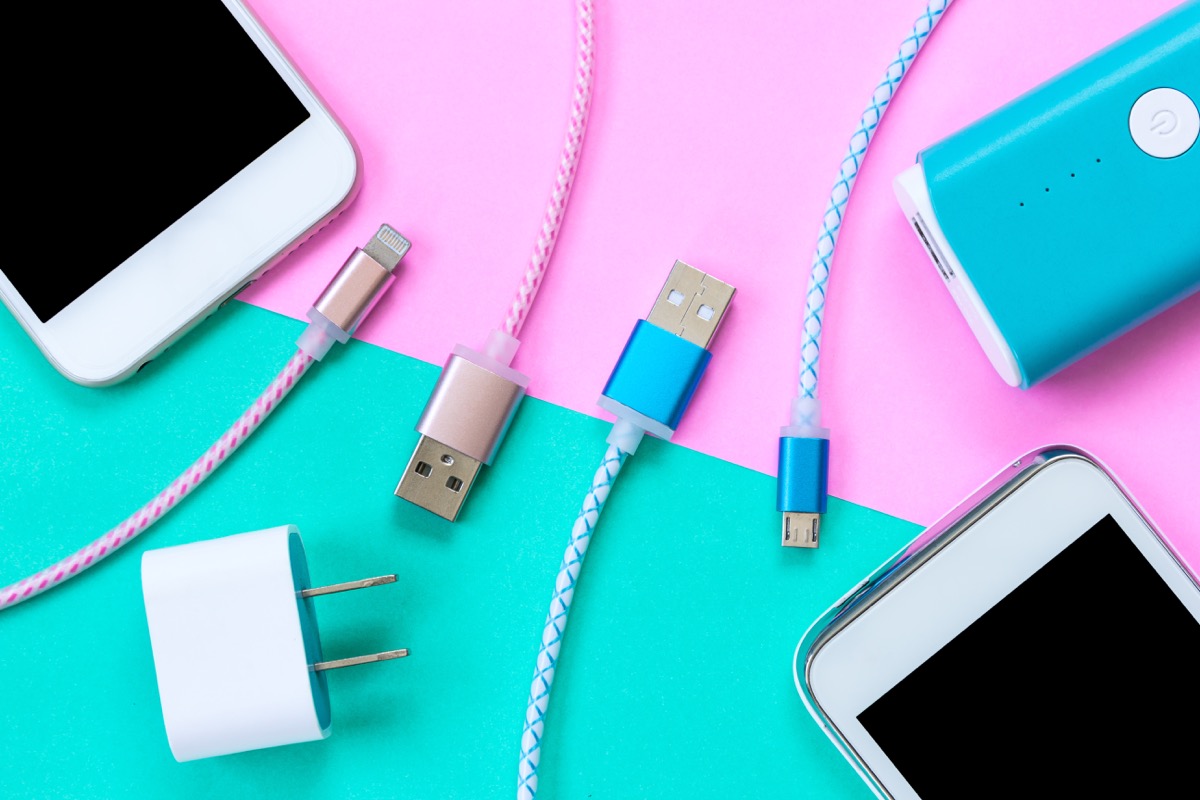
Thanks to wireless internet and Bluetooth, you can connect all your favorite devices—your computer, smartphone, printer, smart speaker, and fitness tracker, just to name a few—to the web and to each other without the need for cumbersome cables. If you want to charge the same devices, however, you’ll find yourself swimming in cordage. By 2040, the tangled mess in your bag, on your counter, and under your desk could finally be unraveled thanks to ubiquitous wireless charging.
“In 20 years, or less, charging cables will be a distant memory,” predicts Chris Chuang, founder and CEO of mobile service provider Republic Wireless. “Everything will all be wireless. No more searching for missing phone chargers. Also, we’re likely to look back at this time and laugh at how short battery life was for electronic devices. I predict a significant breakthrough with a charge lasting more than a day or two.”
12
Checkout counters and cashiers

Amazon is the corporate equivalent of a crystal ball. Its online bookstore foreshadowed the rise of e-commerce, its Prime service helped popularize streaming media, and its Echo home assistant ushered in a new era of smart home technology. Amazon once again donned its soothsayer hat in 2018, when it debuted its Amazon Go chain of checkout-free convenience stores. Instead of waiting in checkout lines and paying cashiers, customers scan their smartphones upon entering, pick up their desired items, then simply exit the store, at which point Amazon—which uses in-store sensors to track purchases—automatically charges their Amazon account. If the rest of the retail industry follows Amazon’s lead, checkout counters, cash registers, and cashiers all could be extinct by 2040.
13
Brick-and-mortar banks

Nearly three-quarters (73 percent) of Americans access their bank accounts most often via online or mobile channels, according to the American Bankers Association, which says only one in six (17 percent) accesses them most frequently via a physical bank branch. It should come as no surprise, then, that banks are closing branches at a rapid clip. Although that doesn’t mean banks will disappear, it could be a sign that their physical premises will. Of course, some innovative banks may be able to save their branches by reinventing them. It seems just as likely, however, that by 2040 the only banks left will be digital ones.
14
Farmers

The United States used to be blanketed with family farms. Now, it’s paved with urban development and suburban sprawl. Between 1992 and 2012 alone, the nation irreversibly lost nearly 31 million acres of farmland to development. That’s like losing most of Iowa or New York. Since then, of course, the bulldozers have kept on bulldozing—and so, ironically, have farmers, whose work has eroded soil so much that it has depleted a third of the world’s arable land in the past 40 years. If development and agriculture continue to cannibalize farmland, farms as we know them might cease to exist. Instead of sprawling fields with rows of crops picked by hand, imagine giant warehouses filled with food that’s grown vertically under artificial lights and harvested by robots. If you ask indoor farmers, it’s not just possible; it’s probable.
15
Glaciers

Just this year, Iceland said goodbye to Okjökull, its first glacier lost to the global climate crisis. Simultaneously, warm temperatures caused Greenland to lose 12.5 billion tons of ice in a single day. If climate change continues at its current rate, scientists predict Arctic summers could be virtually iceless by 2040.